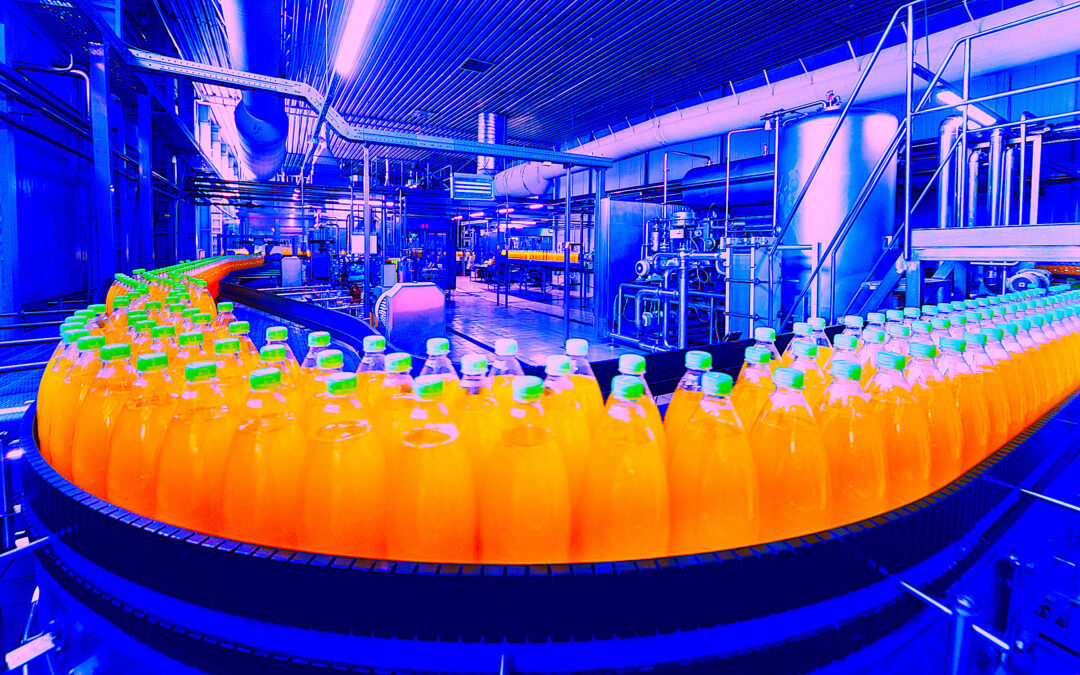Standard approaches to industrial and commercial surveys and audits have inherent problems. If it is an energy audit, the focus is strictly on energy savings. If the audit is on waste-stream or reliability and maintenance, the focus, typically, is on just those specific items. The problem with these approaches? A plant’s overall systems and how they interact are often overlooked due to the narrow scope of surveys or audits where the goal is mainly reduction in a specific cost item, such as energy, versus reduced cost per unit of production or improved corporate competitiveness.
For example, an energy engineer will often look for component energy savings, such as energy-efficient motor retrofits, without understanding the overall impact on the system. When that impact is known, the opportunities for a motor system would include:
♦ Incoming Power offers an opportunity of 9% improvement including increased reliability.
♦ Electric Motor Controls offer opportunities up to 43% with variable speed controls, including
process improvements and reliability.
♦ Electric Motors offer an opportunity of 19% improvement, including reliability improvements.
♦ Couplings offer an opportunity of 6% improvement, including reliability and process improvements.
♦ Load, which includes the immediate driven load, such as the pump, fan, compressor, etc., can have
enormous impact on energy, process, waste-stream, and reliability improvements.
♦ Process, combined with load, can have an impact of 33% improvement, or higher.
From a systems-perspective, the cost per unit of production ($/unit) approach provides an easier method of communicating impact. Cost per unit of production takes into account materials, energy, production, reliability, overheads, and other important expenses, and allows the view of bottleneck and inventory reduction as well as waste-stream considerations. While lighting and HVAC still operate, product is held up at a bottleneck or equipment outage, and upstream from this point, other impacts will occur. This can include having to rework or dispose of product, clear and clean production equipment, idle workforce, safety issues, and other costs which all impact the overall $/unit.
The approach to a comprehensive audit of reliability, maintenance, energy, waste-stream, and production, i.e.,assessment, will vary depending on the type of facility, but generally follows the process outlined here:
1. Determine the overall scope of the assessment and utilize outside resources with experience in the industry, as appropriate. Some of these resources are available through private and some state or Federal government programs.
The scope should include a walkthrough looking for obvious opportunities:
a. Perform a pre-audit utilizing tools such as those available from the U.S. Department of Energy.
b. Look for workers waiting for production flow or doing “busy-work. In such cases, there often
are opportunities to improve process flow or break bottlenecks.
c. Look for the following:
-
-
-
- inefficient lighting, offices and work areas that appear too bright, and large
empty paces that are lit - spaces too cool (or too hot) for the type of production being performed
- compressed-air noise and frequent-starting air compressors
- waste-steam leaks and excess steam being released
- equipment operating without product flow
- broken equipment or equipment standing by for repair
- large stocks of spare equipment and parts, especially if spares are
spread throughout the plant and not organized - large amount of inventory coming in/or shipping.
- inefficient lighting, offices and work areas that appear too bright, and large
-
-
d. Obtain a minimum one year of data for electricity, gas/oil, production volume, incoming versus
outgoing weights, and other information, as necessary.
2. Gather all information and assess areas that require attention, which will often reflect the greatest opportunities.
3. Select personnel or outside surveyors for performing the in-depth assessment. Ensure that their backgrounds vary
to provide the best review of opportunities..
a. Prepare and plan the type of checklists and simulations to be performed to ensure that the
correct information is gathered.
b. Review potential opportunities and production alternatives. Are newer technologies,
procedures, or best practices available to accomplish the same result or process.
c. Gather data including energy, time studies, equipment nameplates, floor plans, etc.
4. Assess all data and review potential improvements and interaction within the opportunities:
a. Set up and perform simulations, where able. Review multiple options and related
impacts on other parts of the assessment.
b. Select the best options and determine the S/unit impact, as each opportunity is
implemented.
5. Select a pilot project that will yield the greatest impact.
Using the above process several years ago, a bakery-facility study pointed to potential improvements of 41% in production costs and 66% in waste-stream costs, along with reductions in energy costs of 6%. Findings (and estimated simple payback periods for implementation) included:
-
-
-
- specific equipment repairs and maintenance to be implemented
over a 4- to 6-week period - disposal of unused equipment, freeing up in-process inventory and
work areas (4 to 6 weeks) - redistribution of workstations and equipment to eliminate issues
in process flow (3 months) - ergonomic workstation layouts (3 months)
- production scheduling with raw-material max./min. requirements
(plans implemented over a 3-month period).
- specific equipment repairs and maintenance to be implemented
-
-
In the next several articles of this series, we will cover some of the resources available to perform these types of assessments and offer case studies that speak to their effectiveness.TRR
Click The Following Links To Read The First Two Parts Of This Reliability & Maintenance Opportunities Series
“Compressed Air System Efficiency” (Part 1)
ABOUT THE AUTHOR
Howard Penrose, Ph.D., CMRP, is Founder and President of Motor Doc LLC, Lombard, IL and, among other things, a Past Chair of the Society for Reliability and Maintenance Professionals, Atlanta (smrp.org). Email him at howard@motordoc.com, or info@motordoc.com, and/or visit motordoc.com.
Tags: reliability, availability, maintenance, RAM, electric motors, drives, VFDs, energy efficiency, plant audits



